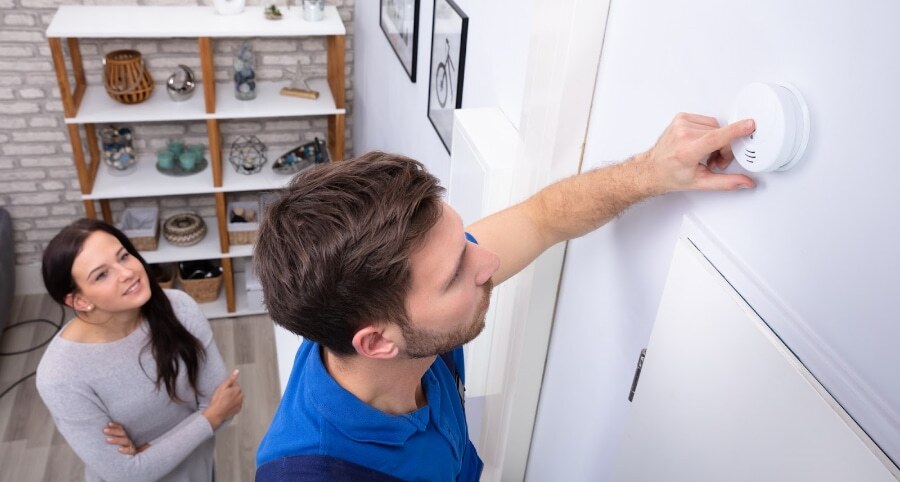Where to install carbon monoxide detectors in your San Jose home

Carbon monoxide is different from other dangers homeowners encounter as you can’t smell or see it. Despite the fact it’s not noticeable by human senses like fire, smoke, and flooding, you may still easily and effectively shield your household with CO detectors. Find where to install carbon monoxide detectors in your San Jose residence and investigate the benefits of including them in your comprehensive security plan.
Where is carbon monoxide found?
Because of its dearth of smell and color, carbon monoxide has earned its nickname as the silent killer. It emerges as a result of an incomplete consumption of fuels in common appliances like furnaces, generators, fireplaces, and gas stoves. Most households won’t experience difficulties with their fuel-consuming appliances if they keep them maintained. But if you neglect regular servicing or don’t have adequate ventilation, an accumulation of this potentially life-threatening gas could result.
Early indicators of CO poisoning include dizziness, headaches, nausea, and vomiting. These usually emerge at smaller concentrations of CO. Being subjected to higher concentrations for a longer timeframe can cause cardiopulmonary failure and death.
Recommendations on where to install San Jose carbon monoxide detectors
Every home need to have a minimum of one CO detector. Actually, you ought to place them on every floor, including basements where fuel-burning appliances are situated. Use these tips on where to install San Jose carbon monoxide detectors:
-
Install one within 10 feet of sleeping quarters. This positioning is paramount, so install it here when you only get one carbon monoxide detector.
-
It’s preferred to have a carbon monoxide detector on all stories of your house, specifically on floors with fuel-consuming appliances.
-
To circumvent false alarms, place them at least 10 feet from sources of carbon monoxide, such as fireplaces. A little CO might be released when appliances kick on.
- Avoid placing beside windows and doors, as outside air will impact the unit’s usefulness.
-
Install CO detectors in areas above garages.
As you would with smoke alarms, test your CO units per manufacturer guidelines, wipe away dust and grime as needed, and avoid mistakenly putting something in front of them. As a general rule, replace your detectors every 5-7 years.
Elevate safety by including CO detectors in your home’s security system
Today’s home security systems give you more layers of protection than you’ve ever had before. Actually, you can integrate carbon monoxide detectors and other safety devices right into your system. You and your monitoring agents will be alerted if your alarm is triggered. This backup is terrific in the event you don’t hear the alarm or if you’re away from home.
Elevate safety by including CO detectors in your home’s security system
Today’s home security systems give you more layers of protection than you’ve ever had before. Actually, you can integrate carbon monoxide detectors and other safety devices right into your system. You and your monitoring agents will be alerted if your alarm is triggered. This backup is terrific in the event you don’t hear the alarm or if you’re away from home.
Request CO detectors with your Vivint smart home in San Jose